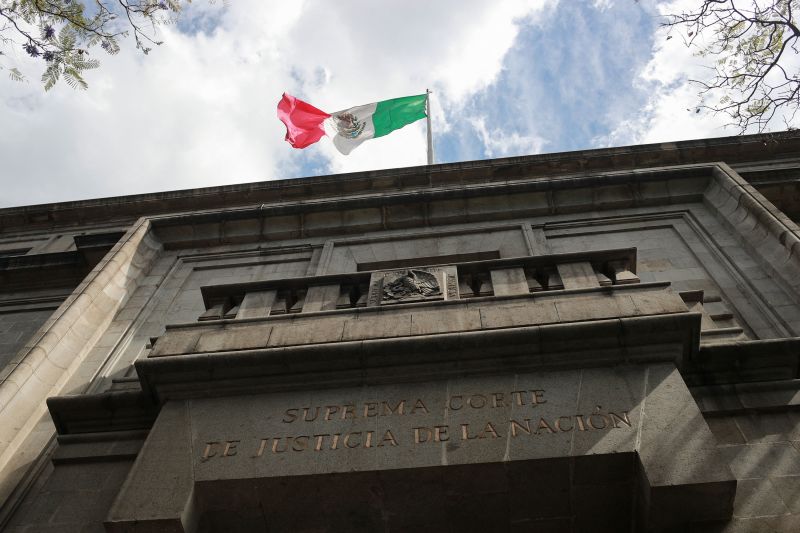In an unprecedented move, the majority of Justices of Mexico’s Supreme Court have handed in their resignations following a recent judicial reform. The shake-up in Mexico’s transnational legal institution signifies a key moment in the country’s history and could potentially reshape the trajectory of its justice system. This mass resignation comes in the wake of a significant overhaul introduced by the current administration to address long-standing issues of corruption, sluggish legal processes, and a systemic lack of public trust.
The fresh wave of resignation includes five justices out of eleven, underscoring the magnitude of the chasm that the reforms have created within the apex court. Their exit leaves a glaring gap that raises eyebrows concerning the immediate future of the court and raises questions about the new rules introduced by the administration and their practical execution.
The Judiciary reform introduced by President Andrés Manuel López Obrador’s administration was launched with a promise to clean up a corrupt system and to increase public trust in the legal institution. The reforms include changes that will speed up court proceedings, as well as plans to automate clerical activities to safeguard the system from potential bribery and corruption. However, these changes have not been well received by the existing incumbents of the Supreme Court.
The justices have argued that the reforms could undermine their independence and could potentially erode the judicial structure of the country, leading the way for autocracy. The swingeing range and speed of the reforms have left critics concerned about the lack of evaluation and the potential consequences of a hasty legal revamp. Some have even argued that the reforms are an elaborate smokescreen by the administration to gain access and control over the judiciary.
After the resignations, the President will now have the power to appoint new justices. It offers an opportunity to redefine the makeup of the Supreme Court, although it does not come without its pitfalls. Critics are concerned about the possibility of a biased selection that might not uphold the real spirit of justice, thereby risking the creation of what some call a ‘court in the President’s pocket’.
However, others believe the new appointees, through their fresh perspectives and diversified expertise, can potentially work towards navigating the system out of the quagmire it is currently in. They argue that the reforms could bring about a much-needed change in an institution that has been struggling with allegations of corruption and inefficiency.
Simultaneously, the mass exodus has also highlighted the issue of judicial training, development, and support. The wave of resignations has underscored the necessity of providing






























